Start low-vision rehabilitation as soon as possible and see your retina specialist at least every six months
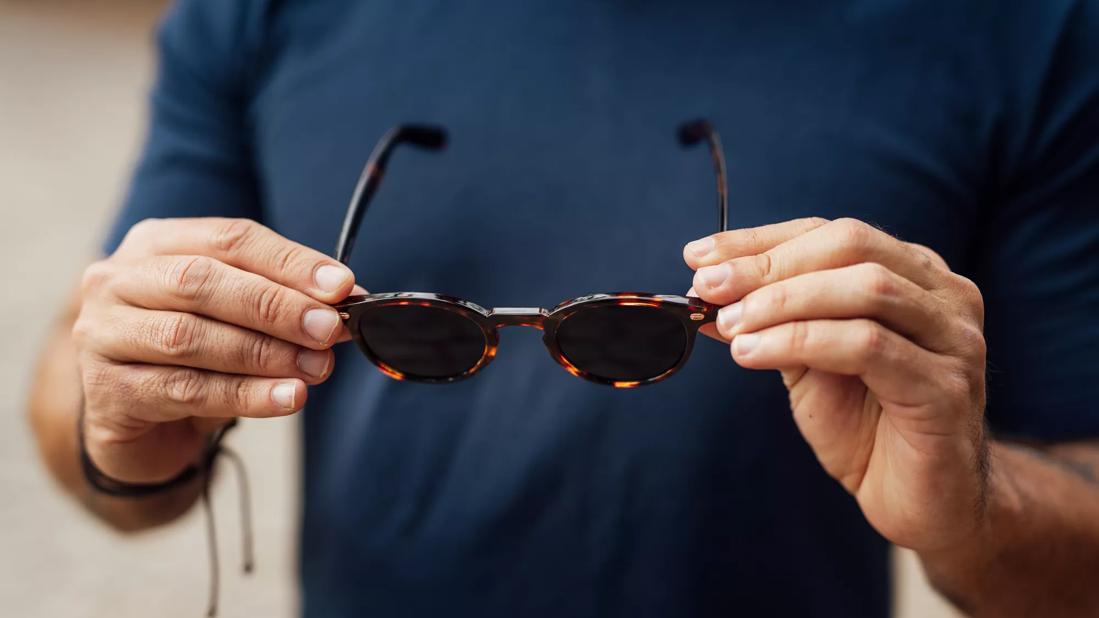
Being diagnosed with geographic atrophy (GA), the final stage of dry age-related macular degeneration (AMD), can be a big blow. Once your vision has deteriorated to that point, the retina damage is permanent and may continue to progress. It’s natural to be upset, worried and even angry about having a condition that threatens your vision.
Advertisement
Cleveland Clinic is a non-profit academic medical center. Advertising on our site helps support our mission. We do not endorse non-Cleveland Clinic products or services. Policy
But there’s good news: You aren’t helpless in the face of GA. You can live a full, happy life with severe vision loss. What’s more, there are several things you can do to either slow the disease’s progression or work around it.
We asked ophthalmologist and retina specialist Ananth Sastry, MD, how people living with GA can take control of their health and defend against further vision loss. His nine recommendations won’t eliminate the hurdles ahead, but they might make them easier to navigate.
“One of the most helpful ways to address the lifestyle-related consequences of having geographic atrophy is to see a low-vision specialist,” Dr. Sastry says.
Low-vision specialists are optometrists who are trained to help individuals with significant visual impairments — many who have geographic atrophy. They’re experts in assessing visual limitations and finding the appropriate instruments or technology to help a person regain function.
“In practical terms, that can be something as basic as prescribing simple magnifiers,” Dr. Sastry states. “It can also be complex. These days you can get wearable instruments that use augmented reality to map your peripheral vision onto your blind spots — to, essentially, recreate central vision.”
Advertisement
According to the American Academy of Ophthalmology, low-vision specialists are often part of a larger low-vision team. Those teams can include a range of experts, including:
Together, these providers can work with you to ensure you’re safe at home— anywhere else you choose to go.
“Smoking is not only a risk factor for developing macular degeneration and other common eye conditions, but also for progression of the disease,” Dr. Sastry explains. “Smoking places oxidative stress on the retina. So cutting down or, ideally, quitting smoking altogether is the single best thing you can do to maximize your chances of sustaining your vision.”
Smoking cessation isn’t easy, but there are lots of different resources out there to help you. If none of the techniques you try are working, talk to your provider. They may be able to refer you to a specialist who can help.
The world of vitamins and supplements can get really murky really fast. But when it comes to geographic atrophy, the science is actually quite clear.
“Two different major studies show that nutritional supplementation with the AREDS2 formula provides some benefit in reducing the rate of progression of dry AMD,” Dr. Sastry says. “So, taking that supplement is one thing you can do to maximize your chances of prolonging your vision.”
AREDS2 supplements contain five main ingredients:
There’s no such thing as a “geographic atrophy eating plan,” and a balanced diet can’t cure or reverse your condition. But it’s still important to eat well when you’re living with geographic atrophy.
“There’s some soft evidence suggesting that a Mediterranean diet could help minimize the progression of macular degeneration,” Dr. Sastry notes. “There’s also evidence that managing chronic health conditions like high blood pressure, high cholesterol and diabetes can help slow the disease’s progression. So, there’s really no downside to eating a healthy diet. It can even help your mental health.”
The same, he says, goes for exercise.
As with diet, there isn’t a strong, scientific link between physical activity and geographic atrophy. But, at a bare minimum, we know that exercise can improve your overall health. It can also help you to manage chronic conditions that influence the progression of dry AMD.
Generally speaking, it’s best to engage in some form of exercise or activity for 150 minutes a week, spread over at least two or three sessions. What you do — and how hard you go — is up to you.
Advertisement
“There's no specific type of exercise that's going be the most beneficial for your vision, per se. And everyone’s different,” Dr. Sastry says. “Pick an activity you feel you can do safely, whether it's some kind of cardiovascular activity, weightlifting or resistance training.” Even a good gardening session can count.
If 150 minutes of physical activity a week isn’t a reasonable ask for you, start slow and build your way up. Any movement is a step forward.
But what if you’re living with a mobility impairment or find that your vision loss makes it hard to exercise with confidence? Talk to your low-vision specialist or an occupational therapist about it. They may be able to connect you with an adaptive exercise group, work with you on balance and fall prevention or suggest modifications that put your favorite flavor of fitness back on the table.
We should all be protecting our peepers against harmful UVA and UVB rays when we’re out in the sun. But it’s extra important if you have geographic atrophy because your retinas are already damaged. Here are a few ways to guard your eyes when you’re outside:
Advertisement
Remember: Water, sand and snow all reflect the sun’s UV rays. So, make sure you take these kinds of precautions all year round, no matter where you live.
When our ability to see diminishes, it can sometimes take our balance, spatial awareness and proprioception with it. You may even notice changes to your posture or gait. That raises your risk of falling (and fractures) in a big way.
And it’s yet another reason why low-vision specialists are so helpful. They can recommend home modifications and assistive devices and address other medical conditions — like arthritis or hearing loss — that could impact the way you get around.
These interventions won’t just keep you upright, they’ll make it easier to preserve your social life — and with it, your mental health.
Dr. Sastry knows that coping with geographic atrophy can be challenging. Progressive vision loss is difficult to deal with, and it’s understandable that you may feel discouraged.
“Sometimes, it can seem like going to the doctor is a waste of time, since there aren’t really ways to make your vision better,” he concedes. But it’s important to keep seeing your retina specialist, your low-vision specialist and any other provider — like a therapist — who’s helping you navigate your condition.
Advertisement
Not every appointment will be earth-shattering. But Dr. Sastry says regular check-ups with a retina specialist — at least every six months — are key for two main reasons.
Normally, a visit to your retina specialist every six months is enough. But there are some situations that require picking up the phone and getting seen. Call your provider if:
Regular visits to your retina specialist may start to feel routine after a while, especially if little about your care changes. But Dr. Sastry says that retina research is progressing rapidly. Getting informed about all the incredible work happening in the field may help keep your spirits high.
There are two areas of research Dr. Sastry thinks are worth keeping tabs on:
The bottom line, according to Dr. Sastry: “It’s important to know that there’s hope. There are ways to live a good life with geographic atrophy, and I’m hopeful we’ll find better ways of treating the condition soon.”
The next scientific breakthrough may be right around the corner. But you won’t benefit from it if you aren’t making and keeping your eye appointments. In between visits, do what you can to preserve the vision you have and ask for help early and often. There’s no downside to improving your physical and mental health. And the upsides are more than worth the effort.
Learn more about our editorial process.
Advertisement

Having a first-degree biological relative with this eye condition raises your risk, but other factors are at play, too
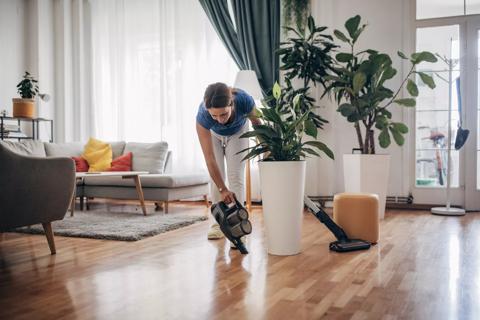
Preserving your social life and protecting your mental health are key to living well with vision loss
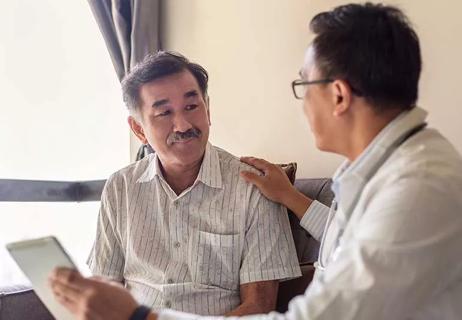
Getting connected to the right healthcare providers can make a big difference
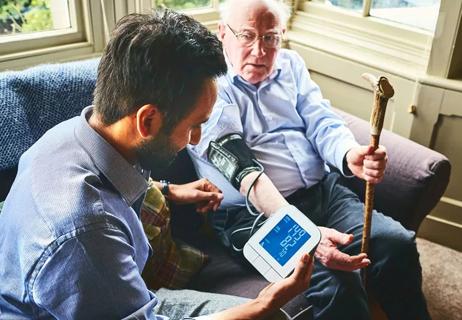
Taking care of yourself helps you take care of your loved one
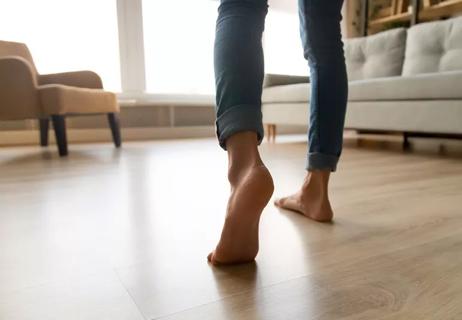
Installing grab bars and taping down area rugs may make navigating life with vision loss easier

Eating a balanced diet can help protect your eyes and may prevent AMD from progressing

They may help, but it depends on factors like the stage of your disease

A low-vision evaluation can help identify your best options

The ‘sunshine vitamin’ is found naturally in some fish and is added to other foods

Autism and ADHD often go hand in hand, giving rise to the term AuDHD

The Yuzpe regimen is less effective than other forms of emergency contraceptives, and it’s associated with more side effects